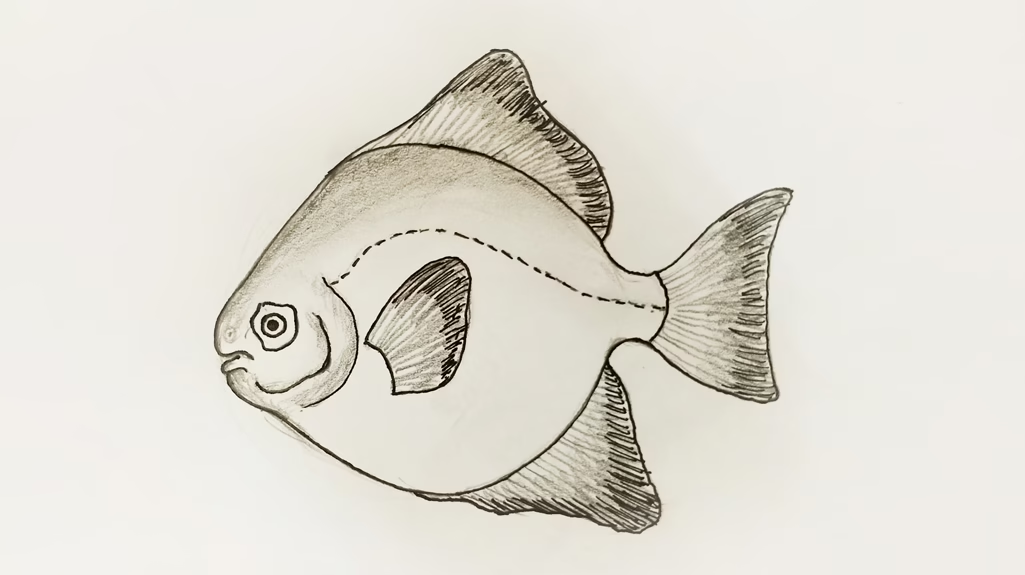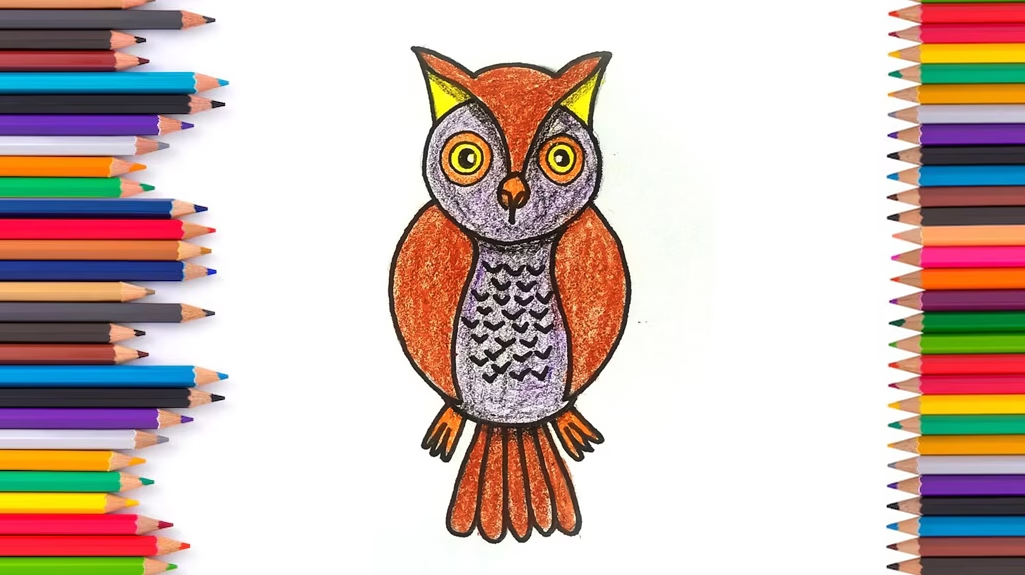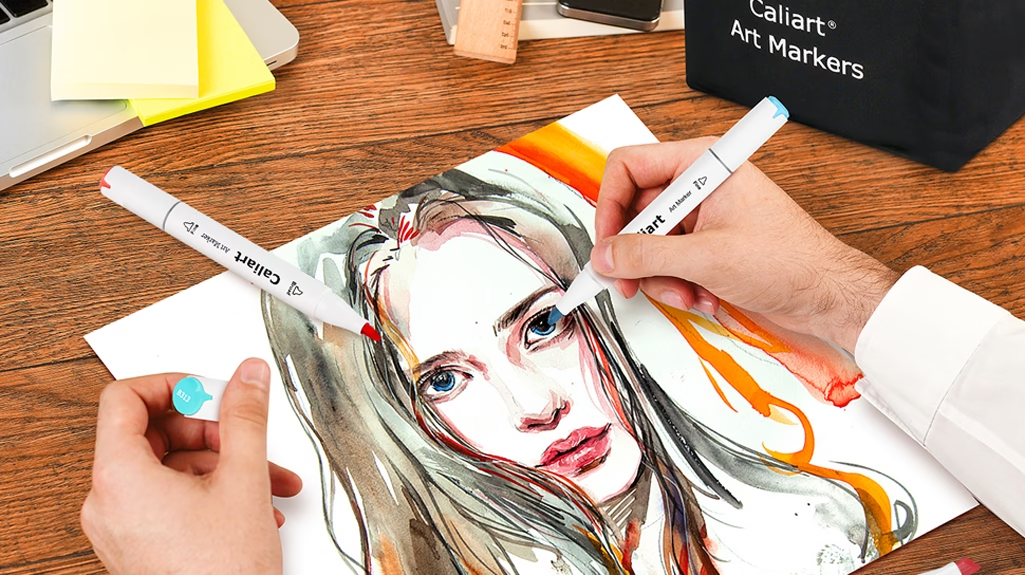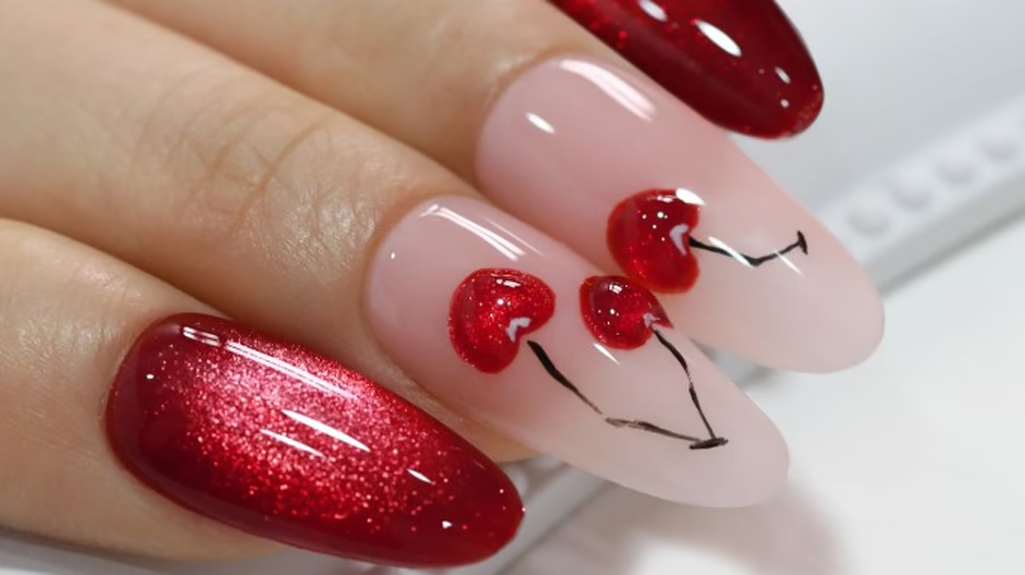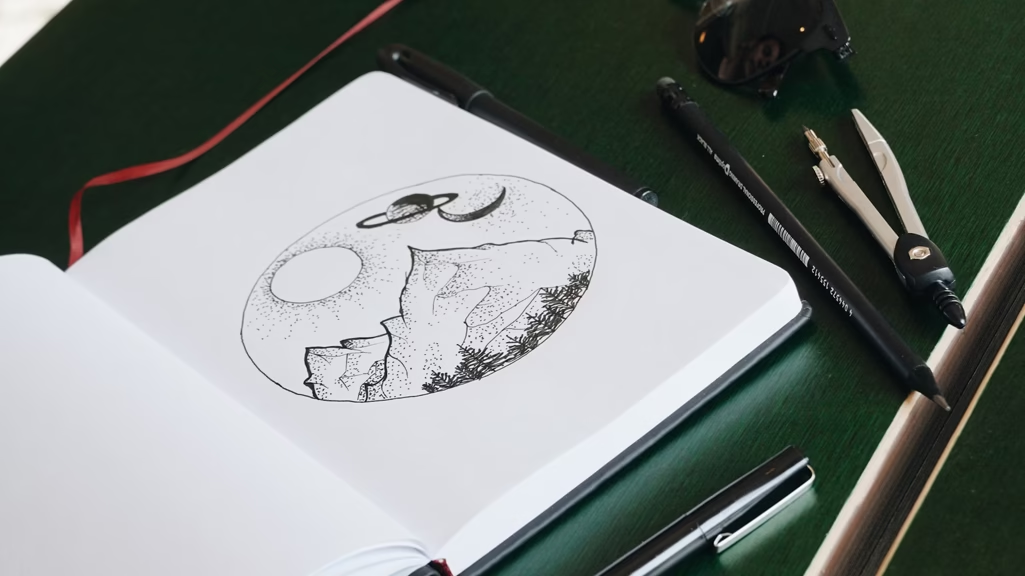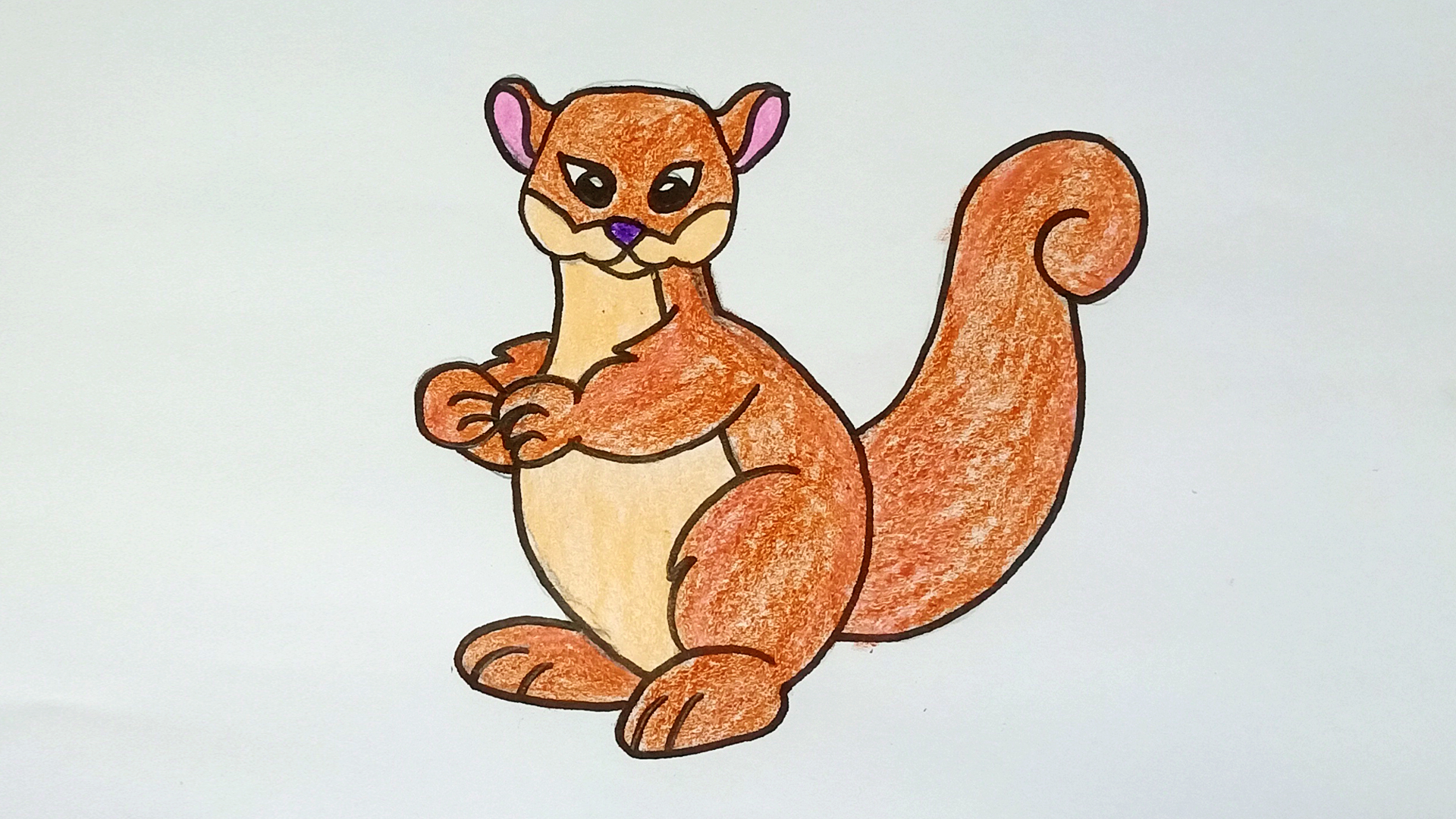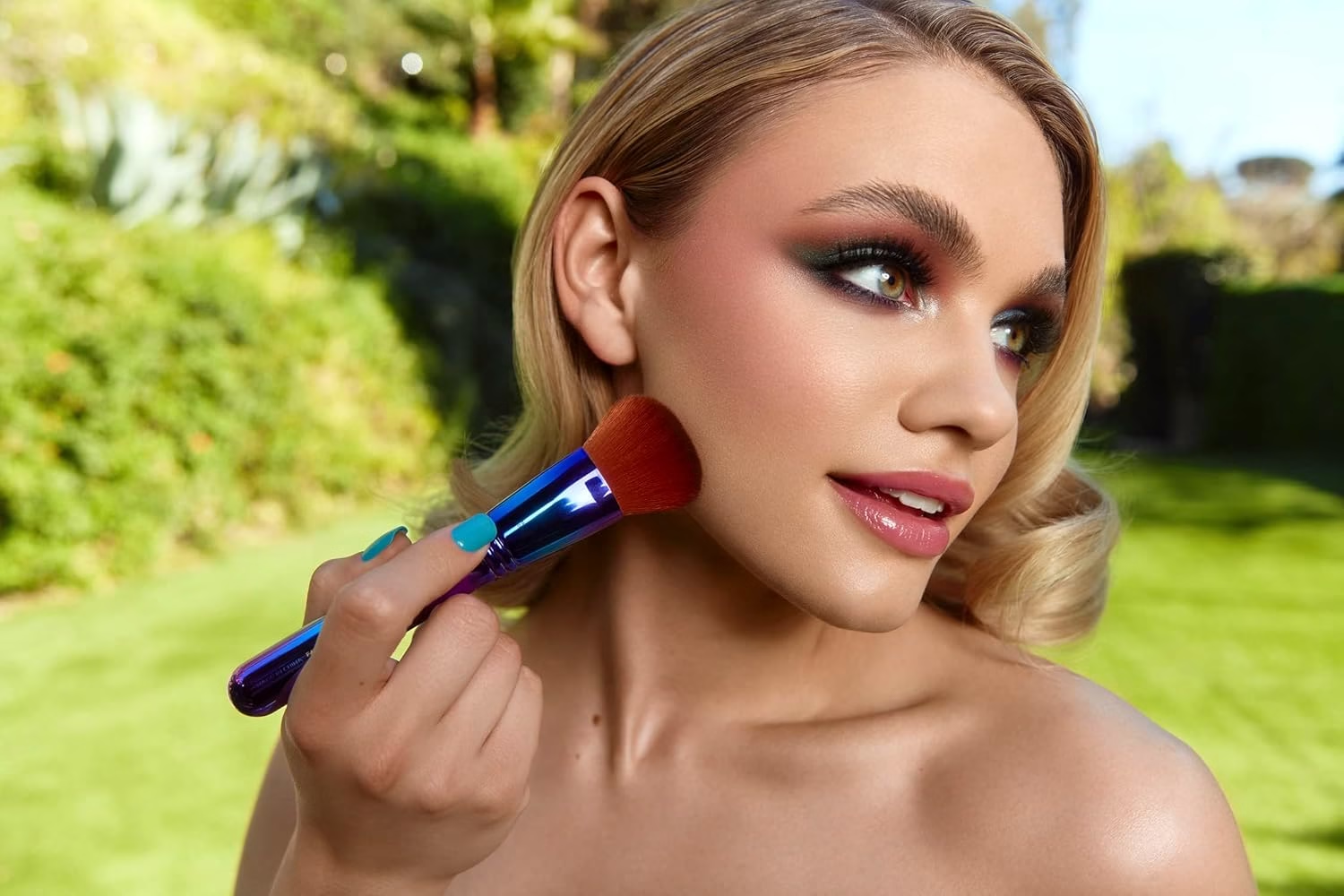
Best Professional Makeup Brushes Set
If you’re a seasoned makeup artist or someone who simply loves experimenting with beauty products, having the right set of makeup brushes can truly transform your application process. Great tools improve precision and help you make the most of your cosmetics. With a wide range of brush sets available today, choosing the perfect one can feel overwhelming. That’s why we’ve curated a detailed review of the best professional makeup brush sets on the market, helping you confidently make an informed decision. 1. Sigma Beauty Essential Brush Kit – Best for Full-Face Coverage If you’re searching for a top-tier makeup brush set trusted by professionals worldwide, the Sigma Beauty Essential Kit is a worthy investment. This 12-piece set is perfect for achieving a full-face makeup look with ease and precision. What Makes It Stand Out: Ideal For: Professional makeup artists and enthusiasts who want premium quality with long-lasting durability. 2. Real Techniques Everyday Essentials – Best Affordable Option Quality doesn’t always have to come with a high price tag. The Real Techniques Everyday Essentials set proves this by offering a well-rounded selection of tools at a budget-friendly price. Why It’s Loved: Perfect For: Beginners or makeup users looking for a budget-friendly yet effective brush set. 3. Morphe Vegan Pro 18-Piece Brush Set – Best for Versatility If variety and functionality are your priorities, the Morphe Vegan Pro 18-piece set delivers. It’s tailored for makeup lovers who like to experiment with different looks. What Sets It Apart: Best Suited For: Aspiring makeup artists or beauty influencers who need an expansive toolkit. 4. IT Cosmetics Heavenly Luxe™ Brush Set – Best for Sensitive Skin For those with sensitive or delicate skin, the IT Cosmetics Heavenly Luxe™ brushes are a dream come true. Known for their incredibly soft texture, these brushes feel like silk against the skin. Highlights: Ideal For: Users with sensitive skin who value comfort without compromising performance. 5. Zoeva Classic Brush Set – Best for Precision and Craftsmanship Zoeva is synonymous with elegance and quality. The Classic Brush Set combines both aesthetics and precision to create a set that’s as beautiful as it is functional. Why It Stands Out: Best For: Those who appreciate fine craftsmanship and want brushes that perform with expert-level precision. How to Choose the Best Professional Makeup Brush Set Choosing the right brush set depends on your makeup style, skill level, and skin type. Here are a few key things to consider: 1. Bristle Type 2. Handle Design Look for brushes with comfortable, ergonomic handles that offer good control. A sturdy handle improves precision and feels more balanced in the hand. 3. Range of Brushes A good set should include: 4. Maintenance and Durability Brushes should hold their shape after washing and not shed bristles. Investing in a high-quality set often means fewer replacements over time. 5. Ethical Choices Many users now prefer cruelty-free and vegan options. Fortunately, most top brands have adopted ethical practices without sacrificing quality. You may want to read about double rhythm 05 oz cat eye gel polish FAQs About Professional Makeup Brush Sets Q: How often should I clean my makeup brushes? A: Ideally, clean your brushes once a week to prevent bacteria buildup and ensure smooth application. Brushes used for cream or liquid products may need more frequent cleaning. Q: Are expensive makeup brushes worth it? A: While budget brushes can perform well, high-end brushes usually offer better durability, more precision, and a luxurious feel. They are a smart investment for frequent users. Q: Can I mix and match brush sets from different brands? A: Absolutely! Many professionals customize their kits by combining favorite brushes from different brands. Q: What should I use to clean my brushes? A: Use a gentle brush cleanser or baby shampoo with lukewarm water. Avoid harsh detergents, and let them air-dry with bristles facing downward. Q: Do I need all the brushes in a large set? A: Not necessarily. Choose a set that matches your routine. If you stick to minimal makeup, a smaller set with multi-functional brushes might be better suited. Final Thoughts A great makeup brush set can significantly elevate your beauty routine. Whether you’re going for a soft everyday glow or a bold glam look, the tools you use play a critical role in the outcome. From the luxurious feel of Sigma Beauty to the budget-friendly efficiency of Real Techniques, there’s a perfect set for every user. Keep in mind your preferences, skin type, and the type of makeup you use regularly when choosing your ideal kit. With the right brushes in hand, achieving a flawless finish becomes not just easier but genuinely enjoyable. So, go ahead and treat yourself to a professional brush set that matches your needs—your makeup game will thank you for it!

